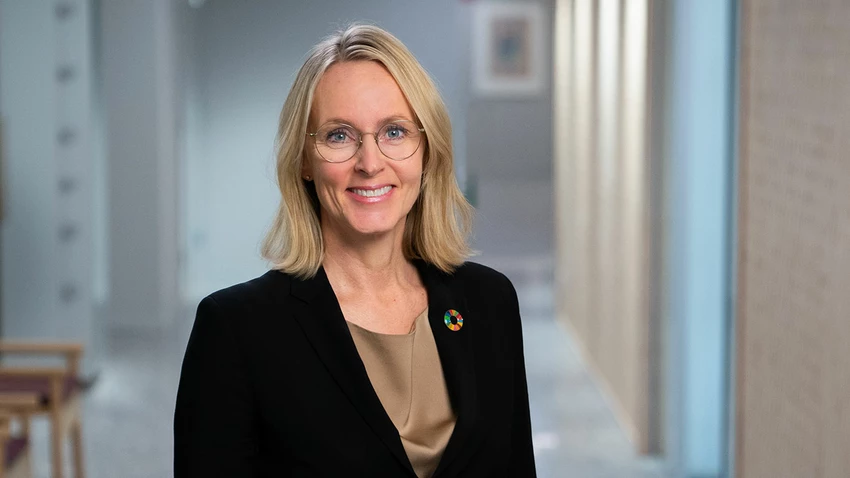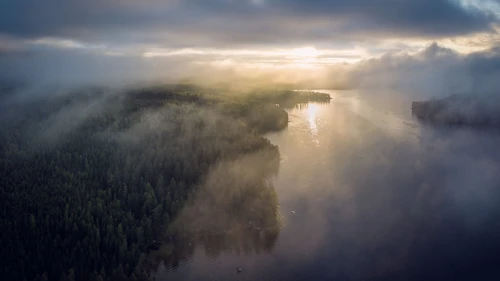
Rapidly rising on the agenda
According to the survey, 21% of the participating financial firms are using nature-related metrics, targets or limits, while 62% are working on it or intend to do so. This trend underscores the growing importance of nature and biodiversity in the financial sector's sustainability efforts.
“Biodiversity is already on the agenda among many corporates, but the impact is more difficult to quantify than climate and greenhouse gas emissions. This area is not only important for risk management within the financial sector but also a strategic and business opportunity for companies as we see pressure on nature increasing. We’re pleased to be placed among companies that are leading the way in developing processes and methodologies to manage the risks related to nature and biodiversity,” says Veronica Palmgren, Strategic ESG Risk Expert at Nordea.





